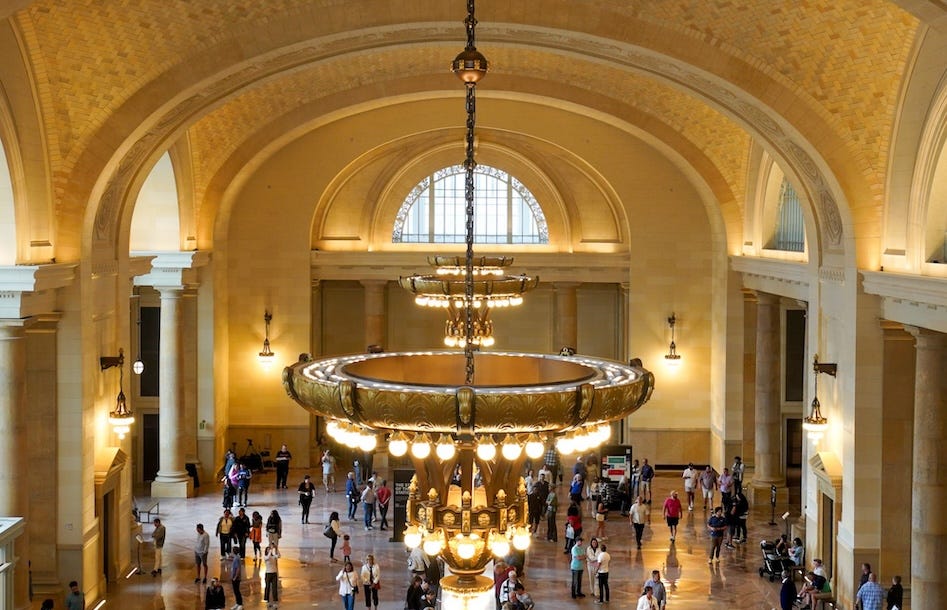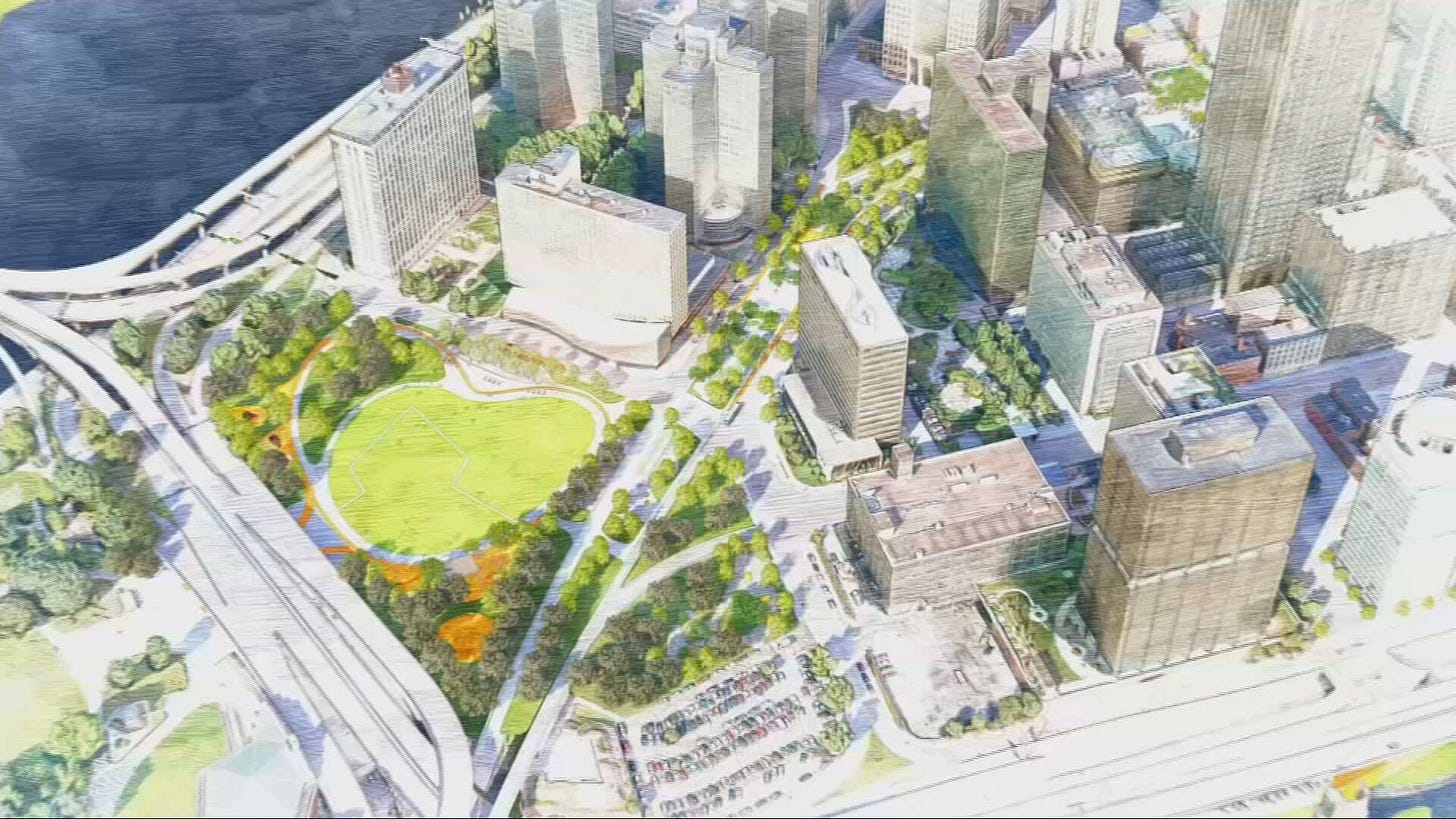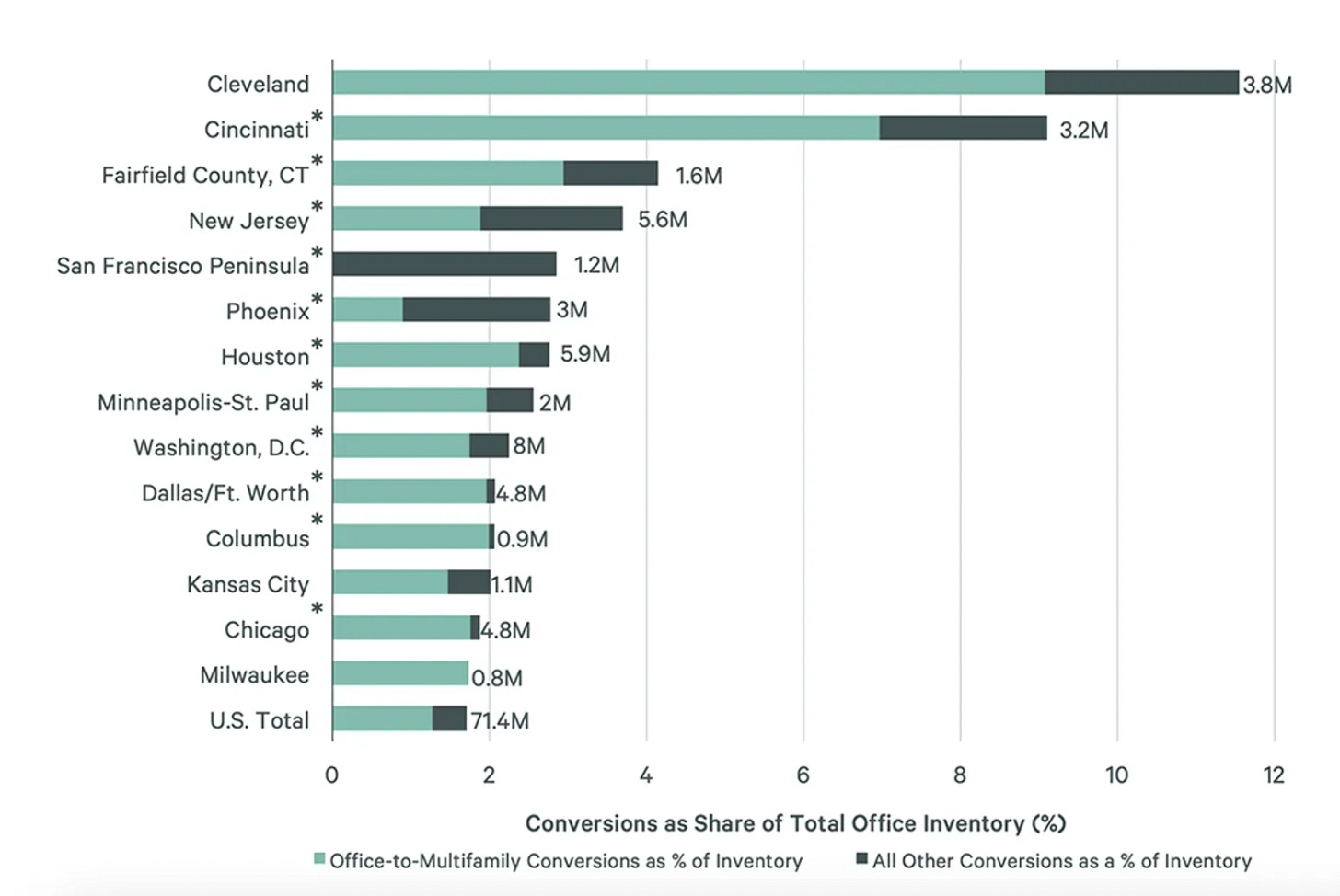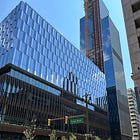At the start of 2024, I called a trend: the return of the Rust Belt. Cities that had long been losing population and lacking job growth have recently been turning things around.
Some of them, such as Buffalo, have seen more than $1 billion in economic development over the past decade, and it’s starting to pay off. Cities like Rochester, Syracuse, and Hartford continue to be the top sellers’ markets, perhaps because they’ve been undervalued for so long. Syracuse, in particular, is booming because of federal investment in CHIPS. Will this continue in 2025? While Zillow continues to favor the Rust Belt, Realtor.com sees demand for the Sunbelt roaring back.
Yet, while demand for housing is an indicator of some success, it’s definitely not the only one we should be tracking. What about a city’s innovative policies and programs? What about building enough housing to lower housing costs?
Here are a few some contenders for most-improved city in 2024:
Detroit: The city was in the news this year for the opening of Michigan Central, but also a greater narrative about the city’s renaissance. (Detroit showed population growth for the first time since 1957.) It was fantastic to visit the city’s newest developments, Newlab, and downtown with subscribers during a trip this past summer.
New York City: For its final approval of congestion pricing, its pedestrianization of Fifth Avenue and 34th Avenue in Queens, and its 82,000 new homes in the City of Yes package.
Austin: For building enough housing to actually cause a decline in rents.
Pittsburgh: For attracting a whopping $600 million in public and private funds for a 10-year plan to improve its downtown, convert vacant office buildings, and add affordable housing.
Cleveland: For leading the country with nearly 12 percent of office inventory targeted for conversion.
Boston: For enabling ADUs, rolling out an ADU guidebook and offering financial assistance for building ADUs.
I am sure I am missing some other big moments for cities this past year. I’d love to know which city you think made the most progress this year and why in the comments below.
Looking Ahead to 2025
Which cities are going to be the most exciting in 2025? One that I am betting on is San Francisco. Subscribers, I’ll have a save-the-date for a subscriber-only event for you and the earliest details about the trip to SF on Friday. Don’t want to miss out? Subscribe today.
A subscription to The New Urban Order will give you:
The kind of ideas and information you need for your career in city-making or for having great conversations with your friends;
Access to subscriber-only, in-person events in cities around the country;
Early details about all events (virtual and in-person);
The knowledge that you’re making this work possible and that every subscription counts!















I haven’t been to Rochester NY for 10 years but was amazed by the quality of the city’s legacy assets. It also made me think about the incredible resiliency of some of the rust belt metros. Imagine some other city of 200000 or metro area of 1 million and how they would do if they lost 60000 jobs from a single employer.
I’ve been doing some work with Kenosha Wisconsin which rarely gets much notice in urbanism circles other than the negative attention from the rioting that occurred in 2020 following the shooting of Jacob Blake. They were one of the great auto manufacturing cities in the US as the main production center for AMC which for a time was the 4th largest auto company in the US. They’ve been working for 35 years to transform the AMC/Chrysler plant sites that closed in circa 1990 and 2010. This year they kicked off construction of what will be a >$700 million project transforming a 9-block area in the downtown including one of the last blocks remaining to be developed of the former AMC lakefront plant. This project is 2 blocks from their Chicago Metra station and the project will include up to six 10 to 20-story towers. They are also completing the first two buildings within the 107-acre site of the former AMC Main Plant/Chrysler Engine plant in what is planned to be a $1 billion innovation district. Within the past week Lilly announced a $3 billion plant expansion just outside the City limits and this follows Microsoft’s announcement and active construction 10 miles north of what will be the largest data center in the world ($3.5 billion initial phase).
Thanks for this list of urban achievers. Just one correction. Boston is working on enabling ADUs, but has not passed that zoning ordinance yet. The 2024 Massachusetts statewide law that enabled ADUs in every other town left Boston out. But stay tuned for 2025!